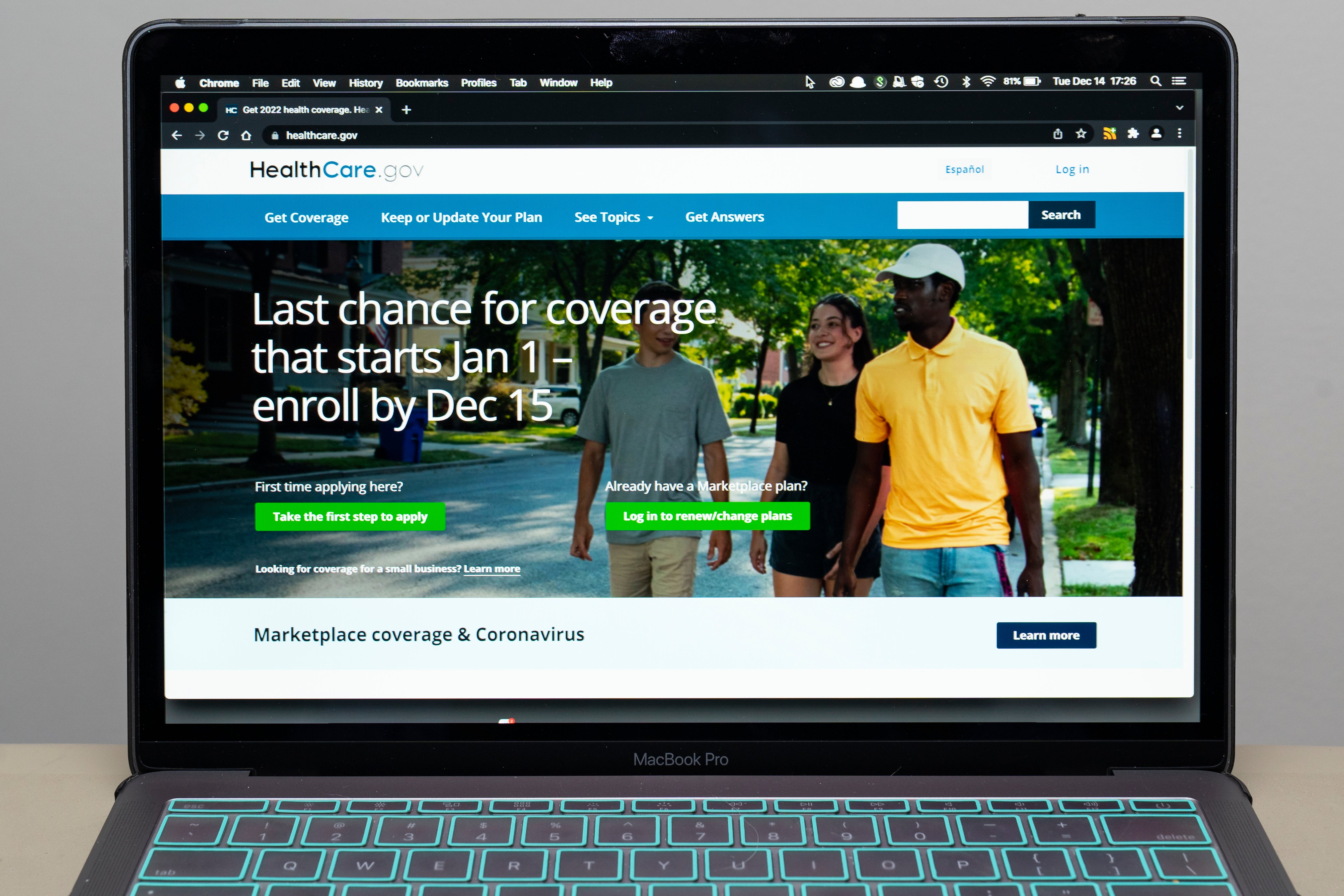Which health insurance plan may be right for you?
Experts say people shopping for health insurance right now should look beyond price when searching for coverage for next year

Your support helps us to tell the story
From reproductive rights to climate change to Big Tech, The Independent is on the ground when the story is developing. Whether it's investigating the financials of Elon Musk's pro-Trump PAC or producing our latest documentary, 'The A Word', which shines a light on the American women fighting for reproductive rights, we know how important it is to parse out the facts from the messaging.
At such a critical moment in US history, we need reporters on the ground. Your donation allows us to keep sending journalists to speak to both sides of the story.
The Independent is trusted by Americans across the entire political spectrum. And unlike many other quality news outlets, we choose not to lock Americans out of our reporting and analysis with paywalls. We believe quality journalism should be available to everyone, paid for by those who can afford it.
Your support makes all the difference.Everyone likes a good deal, and health insurance bargains abound this time of year. But buyers should look beyond price when searching for a plan.
Shoppers also should consider doctor networks and coverage limits to avoid getting stuck with big bills after care.
Millions of Americans are looking for 2025 coverage now during annual enrollment windows for Medicare Advantage plans and individual insurance. Plus, many employers are telling their workers about their coverage plans for next year too.
Insurers selling Medicare Advantage plans are dangling coverage with $0 premiums, and individual insurance marketplaces created through the Affordable Care Act offer tax credits to help with the premium or cost of coverage.
Here are other factors to consider beyond price.
What is the deductible?
This is the annual amount a patient pays for many covered services before the insurer starts paying a portion of the bill. Plans with low premiums can come with deductibles well over $1,000 for individuals and a few thousand dollars for families.
Shoppers should look at the size of the individual deductible and understand where it applies. Regular visits to a specialist can lead to some hefty patient bills.
Deductibles are different from copayments or copays. Those are flat amounts that a patient pays for a covered service or doctor visit. Copays typically do not count toward paying off a deductible.
Are my doctors covered?
Insurers form networks of covered doctors and health systems. Some plans may provide no coverage for care sought outside those networks.
The federal government’s website for finding insurance plans makes it easy to filter for covered doctors and hospitals when looking for plans, said Emily Bremer, president of a St. Louis-based independent insurance agency, The Bremer Group.
Bremer says shoppers should think about more than whether their doctors are in the network. They also should also consider which hospital system they would want to visit if a big emergency happens.
What about prescriptions?
Insurance plans come with formularies, or lists of covered drugs, that vary by plan. Those lists often group drugs in tiers with different costs for the patient.
Shoppers should check to see how a plan will cover the regular prescriptions they already take.
Don’t immediately rule out the plan if the bill would be too high. Help may be available. Drugmakers often have coupons or discount programs that can cover patient costs as long as the drug has coverage, Bremer said. Websites like GoodRx also may be an option for getting a price break.
“If you take a lot of stuff and see a lot of doctors … it can be really hard to find one perfect plan that’s going to cover everything,” she said. “Sometimes you have to make choices.”
What’s coinsurance?
This is the portion of a bill the patient is responsible for after meeting the deductible. It’s a percentage that can vary. Usually plans with lower premiums leave patients with bigger coinsurance.
Coinsurance payments can hurt, so it’s important to know the percentage and the risk you face.
For instance, a childbirth by cesarean section may generate a $25,000 bill. A patient responsible for a $1,000 deductible and then 20% of the remaining bill through coinsurance could pay $5,800 of that total.
“Most people will focus on the deductible and forget about the coinsurance, and they should not,” Bremer said. “(It) can really sneak up on you when you have a large claim.”
People with low incomes may qualify for help with some of these out-of-pocket expenses through cost-sharing reductions found in the ACA marketplaces.
What are the limits?
Health insurers will start handling all costs for covered, in-network care once you reach a plan’s out-of-pocket maximum for patient spending. That can vary by plan.
For coverage sold on the ACA marketplace, that annual maximum cannot be more than $9,200 for individuals and $18,400 for families next year.
Those who reach this level of spending may only see temporary relief. Patient spending totals that count toward that out-of-pocket maximum generally reset at the start of every calendar year or if you switch plans during the year.
___
The Associated Press Health and Science Department receives support from the Howard Hughes Medical Institute’s Science and Educational Media Group. The AP is solely responsible for all content.